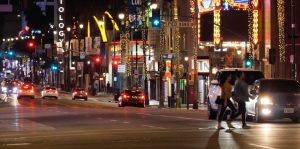
Another chapter presents the state of the old Hollywood studios today. Interestingly, Paramount is the only studio still residing at its original location from the 1900s. Then we move on to the fans as Robinson interviews people staring at the hand and footprints at the Chinese Theater and then to a family standing on the other side of the tape as a big studio movie is shooting on the street. Robinson would later interview that family at a diner and creates his own, subtle Hollywood moment. I may be overstating this actual scene, but it caught my eye, and I love it. The film then moves to actors, writers, and low-level executives recounting their journeys.
Tinsel then expands to the growing interest in Hollywood news and gossip as cameras peer in on a production meeting at Entertainment Tonight featuring interviews and then with behind-the-scenes moments with Mary Hart, John Tesh, and the legend Leonard Maltin. Tinsel‘s story ends on the bleachers of the Academy Awards. Remember, this is pre-internet, yet fandom has always been around.
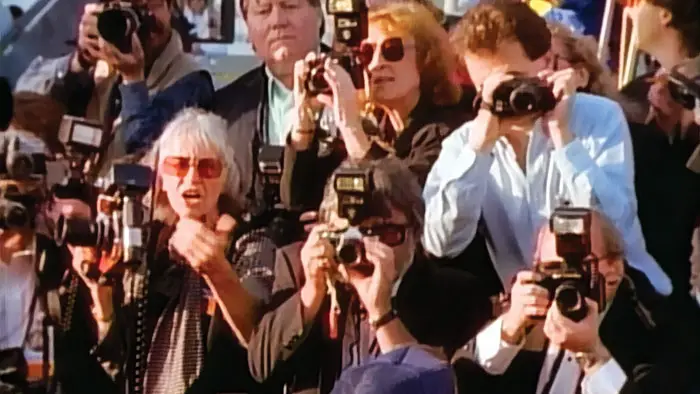
“What sets Tinsel apart from the pack are his interviews with average filmgoers, movie theater employees, and aspiring actors…”
The charm of Tinsel – The Lost Movie About Hollywood comes in its personal stories. Films and the stories they tell are deeply personal and unite us as a culture. As monolithic as the Hollywood system is, deep down, we love the movie-going experience, and for many, there’s that little void that wonders what life would have been like if we hopped on that bus and gave Hollywood just one chance.
Tinsel offers more than enough feel-good nostalgia for movie fans. It will put you in a soothing state of bliss for 90 minutes. Hopefully, it lasts long enough before we return to our regular lives and the harsh realities of Hollywood slap us square in the face.
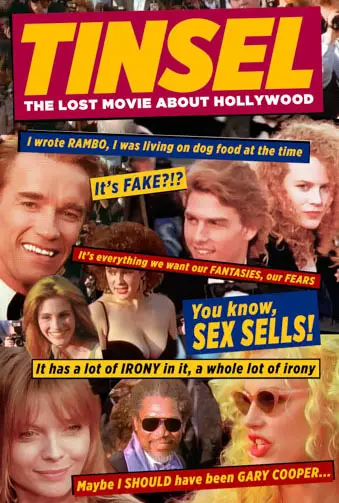
"…it will put you in a soothing state of bliss for 90 minutes."
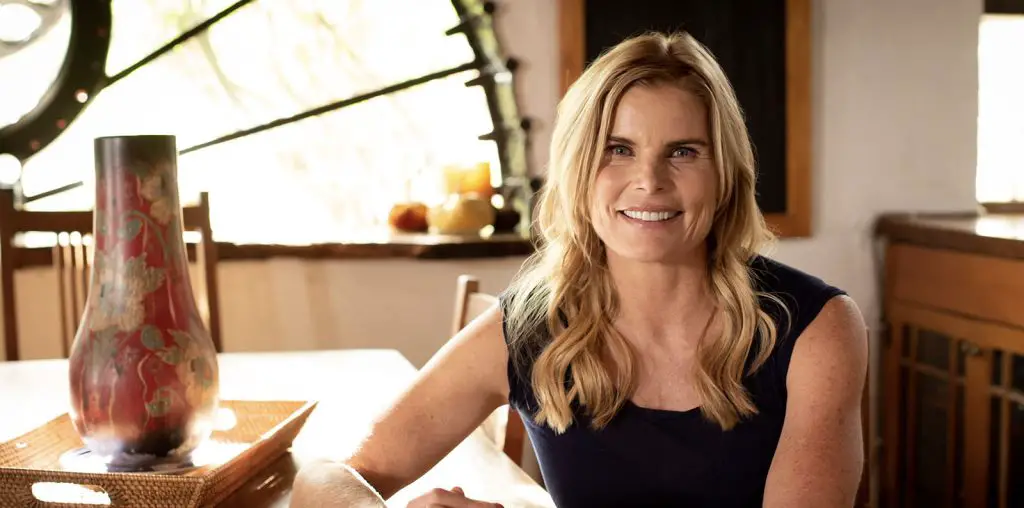
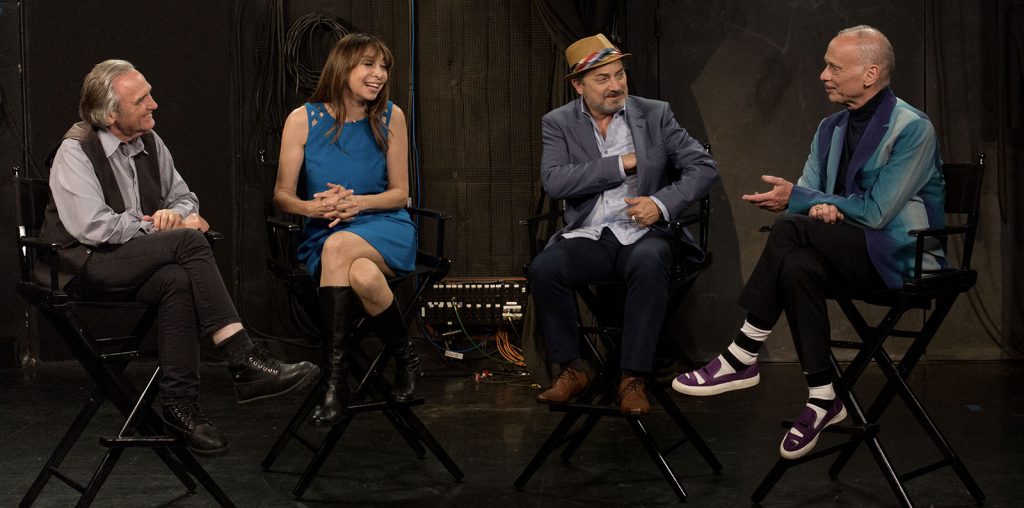
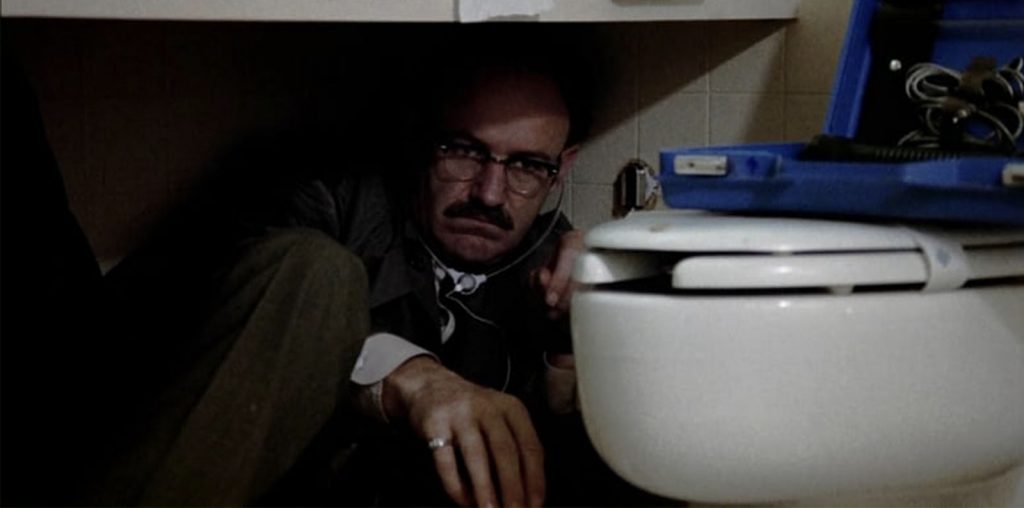
My wife, Tamra featured in the movie just got to watch it. Did not know it had been released. I enjoyed watching her watch it